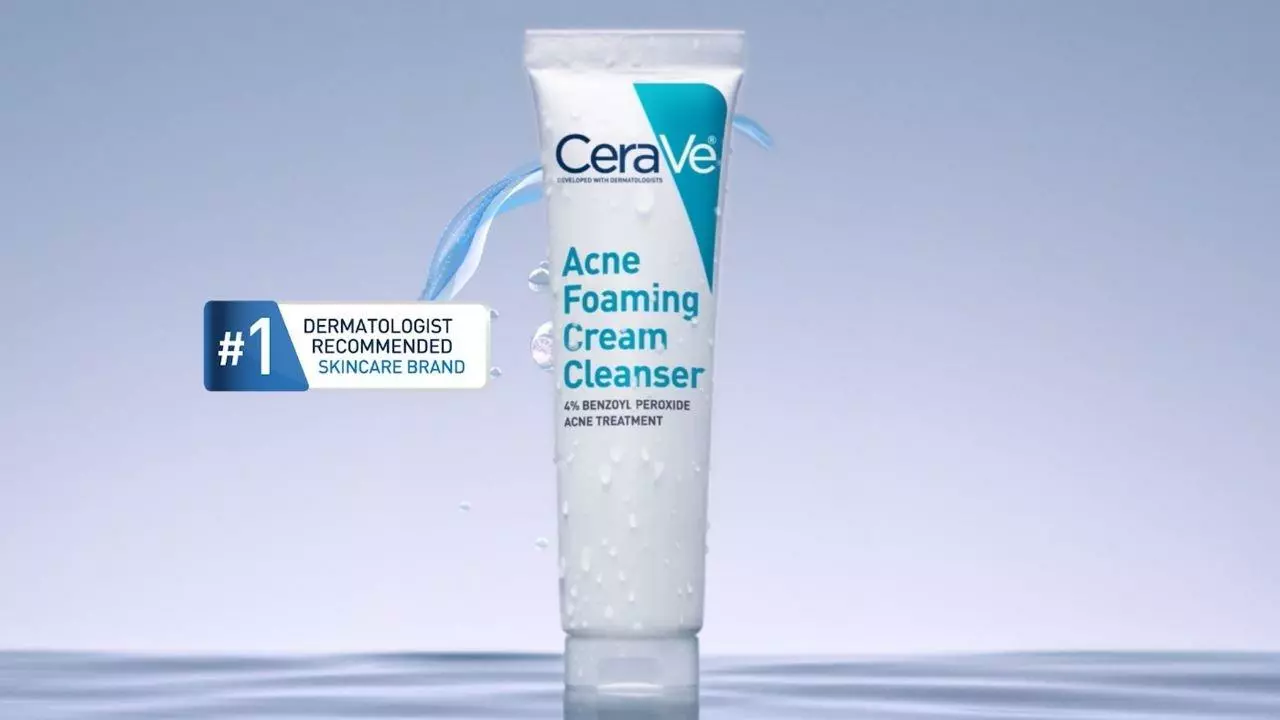Benzoyl Peroxide: What It Is and Why It Works
If you’ve tried a few over‑the‑counter acne products, chances are you’ve seen benzoyl peroxide on the label. It’s a simple chemical that kills the bacteria behind most breakouts and helps unclog pores. Unlike antibiotics, it doesn’t rely on your body’s immune response – it directly attacks the skin’s problem spots. That makes it a go‑to ingredient in many acne gels, creams, and washes.
How Benzoyl Peroxide Works
The magic happens when the compound releases oxygen into the follicle. The extra oxygen creates an environment where Cutticobacterium acnes (the acne‑causing bacteria) can’t survive. At the same time, benzoyl peroxide breaks down dead skin cells, so they don’t block pores and cause new pimples. Because it’s a topical treatment, you feel the effect right where you need it – no pills or prescriptions required.
Tips for Safe Use
Start low. Most products come in 2.5%, 5% or 10% strengths. If your skin is sensitive, begin with the lowest concentration and see how it reacts before moving up. Apply a thin layer to clean, dry skin once a day – usually at night is best because you won’t be rubbing sunscreen over it during the day.
Watch for dryness or redness. Those are normal signs that the product is doing its job, but if irritation feels intense, cut back to every other night or rinse off after 10‑15 minutes. Moisturizing right after helps lock in hydration without undoing the acne‑fighting action.
Avoid mixing with harsh exfoliants like salicylic acid or retinoids unless your dermatologist says it’s okay. Combining strong actives can over‑strip the skin and lead to peeling, which makes the skin more vulnerable to sun damage.
Don’t forget sunscreen. Benzoyl peroxide can make your skin more photosensitive, so a broad‑spectrum SPF 30 or higher during daylight hours is essential. It’s a small step that saves you from unwanted spots and premature aging.
If you’re looking for alternatives because benzoyl peroxide feels too strong, consider salicylic acid, tea tree oil, or niacinamide. They target acne in different ways – either by unclogging pores or calming inflammation – and can be gentler on very sensitive skin.
In short, benzoyl peroxide is a reliable, fast‑acting tool for most types of acne when you use it correctly. Start low, keep your routine simple, moisturize, protect with sunscreen, and you’ll see fewer breakouts without the drama.
Well folks, if you're like me and have been pondering over the million-dollar question - "How long does it take to see results from Benzoyl Peroxide?" - I've got the lowdown for you. It's kind of like watching paint dry or waiting for a kettle to boil, but the sweet spot is generally around 4-6 weeks. Yes, I know it sounds like a lifetime, especially when that pimple is laughing at you in the mirror. But hey, good things come to those who wait, right? So, stay patient, keep using that Benzoyl Peroxide, and soon, you'll have the last laugh!
Aug, 1 2023

